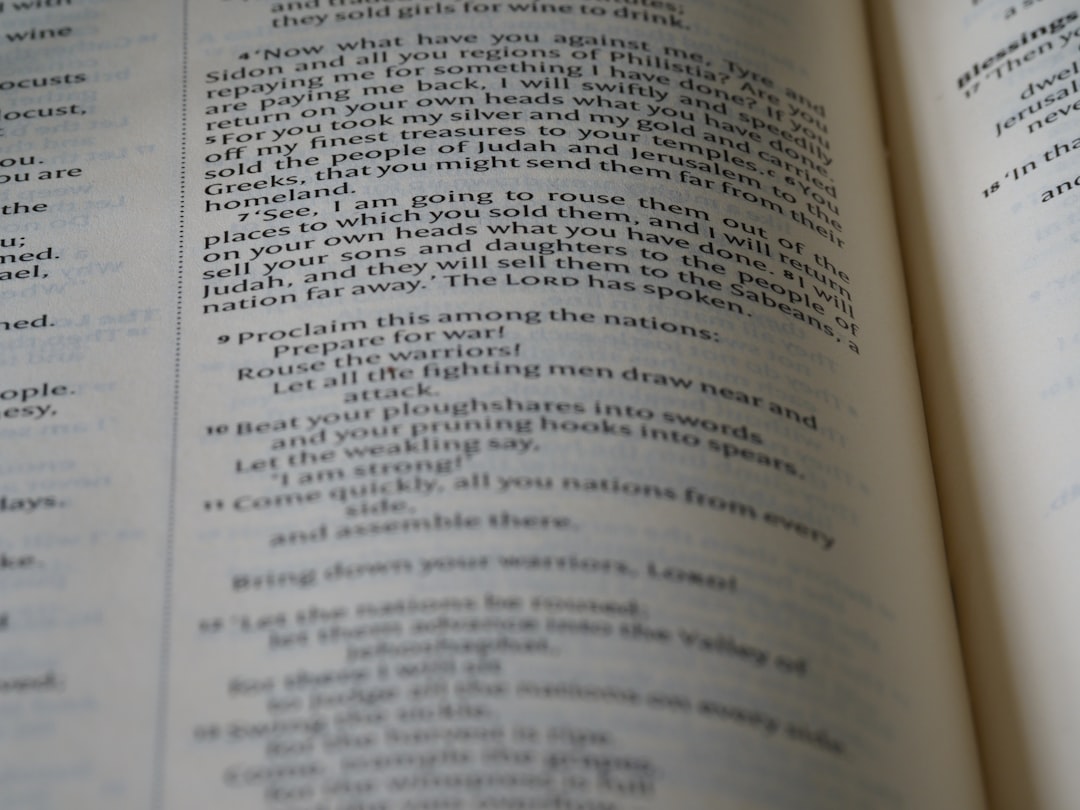Technical guides and manuals are the unsung heroes of the modern world. They bridge the gap between complex technology and everyday users, enabling us to assemble furniture, troubleshoot malfunctioning devices, and understand intricate systems. Whether you’re a seasoned engineer or a novice user, understanding how to effectively utilize and create these documents is crucial. This comprehensive guide will delve into the world of technical documentation, exploring its various forms, best practices, and the impact it has on our daily lives.
Understanding the Purpose of Technical Documentation
The primary purpose of any technical guide or manual is to provide clear, concise, and accurate instructions or information related to a specific product, system, or process. This information can range from simple assembly instructions for a piece of furniture to complex troubleshooting guides for sophisticated machinery. Effective technical documentation aims to reduce errors, improve efficiency, and enhance user satisfaction. It’s not just about explaining *what* something does, but also *how* it works, *why* it’s designed that way, and *what to do* if something goes wrong. A well-written manual empowers users to confidently interact with technology, reducing frustration and dependence on external support.
Different Types of Technical Guides and Manuals
The world of technical documentation is diverse. We encounter various types depending on the context and intended audience. Some common examples include:
- User Manuals: These are typically aimed at end-users and provide instructions on how to use a product or service. They often include step-by-step guides, FAQs, and troubleshooting sections.
- Installation Guides: These focus specifically on the installation process of a product or system, often including diagrams, checklists, and safety precautions.
- Troubleshooting Guides: Designed to help users diagnose and resolve problems, these manuals often utilize a diagnostic tree or flowchart approach to guide users through a series of steps.
- Maintenance Manuals: These provide instructions for regular maintenance and upkeep of equipment, including preventative measures and repair procedures.
- Technical Specifications Documents: These are more technical and detailed, providing comprehensive information about a product’s design, functionality, and performance characteristics, often used by engineers and technicians.
- API Documentation: For software developers, API documentation explains how to interact with a software application’s programming interface.
Best Practices for Creating Effective Technical Documentation
Creating effective technical documentation requires careful planning and execution. Key best practices include:
- Know your audience: Tailor the language, level of detail, and format to the target audience’s technical expertise.
- Use clear and concise language: Avoid jargon and technical terms unless absolutely necessary. If used, define them clearly.
- Employ visual aids: Diagrams, illustrations, screenshots, and videos can significantly improve understanding and reduce ambiguity.
- Organize information logically: Use a clear structure with headings, subheadings, and numbered steps to facilitate easy navigation.
- Ensure accuracy and completeness: Thoroughly review and test the information to ensure accuracy and completeness. Outdated information can be detrimental.
- Use consistent formatting and style: Maintain consistency in font, style, and terminology throughout the document.
- Include a comprehensive index and search functionality (for digital manuals): Allow users to quickly find the information they need.
The Importance of Accessibility in Technical Manuals
Accessibility is paramount in technical documentation. A manual that is difficult to understand or access excludes a significant portion of potential users. Key considerations include:
- Plain language: Use simple, straightforward language that avoids jargon and complex sentence structures.
- Alternative text for images: Provide descriptive text for all images to make them accessible to screen readers.
- Multiple formats: Offer the manual in multiple formats (e.g., PDF, HTML, print) to cater to different user preferences and accessibility needs.
- Consider different learning styles: Provide information in various formats (text, diagrams, videos) to appeal to diverse learning styles.
- Compliance with accessibility standards (e.g., WCAG): Ensure your documentation adheres to relevant accessibility guidelines.
Leveraging Technology for Enhanced Technical Documentation
Technology plays a crucial role in both creating and delivering technical documentation. Tools like MadCap Flare, RoboHelp, and various content management systems (CMS) streamline the creation and management of complex documentation. Furthermore, the use of interactive elements, such as embedded videos, 3D models, and interactive simulations, can significantly enhance user understanding and engagement. The integration of online help systems and searchable databases ensures easy access to information whenever needed. Using version control systems allows for collaborative editing and ensures that the most up-to-date information is always available.
In conclusion, technical guides and manuals are indispensable tools in our technology-driven world. By understanding their purpose, mastering best practices, and leveraging available technology, we can create and utilize documentation that empowers users, reduces errors, and fosters a more efficient and user-friendly experience.
Tags: technical documentation, user manuals, technical guides, manuals, API documentation, technical writing




